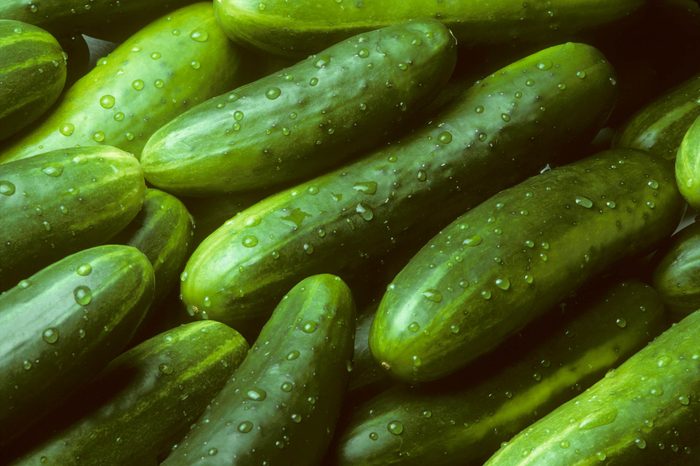
Cucumbers stand alone
Many fruits, such as tomatoes, bananas, and melons, produce ethylene gas, a ripening agent that speeds up spoilage. Cucumbers are super sensitive to this ethylene gas, so they need their own place or they’ll spoil faster. They’re actually more suited to hanging out on the counter than in the crisper drawer with off-gassing fruits, but if you want cold cucumbers, you can store them for a few days in the fridge (away from fruits). (These superfoods should always be in your kitchen.)
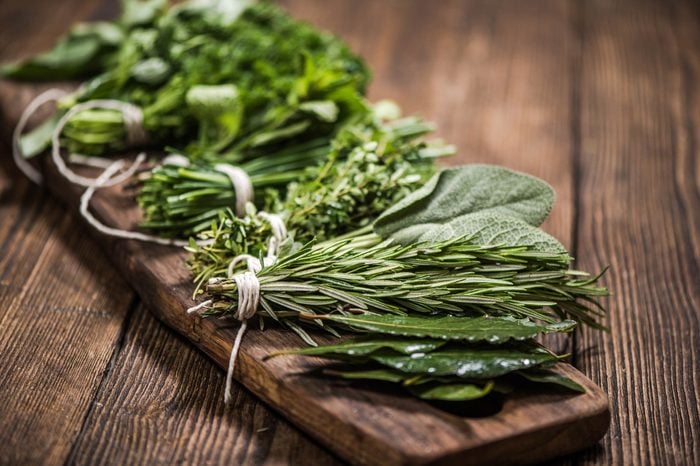
Treat herbs like fresh flowers
If you’re trying to cut back on salt or just add more flavour to your food, fresh herbs fit the bill (plus, they offer tons of health benefits), but don’t just toss them in the fridge. “Store fresh herbs just as you would fresh cut flowers,” says Dana Tomlin, Fresh Manager at Wheatsville Food Co-op in Austin, Texas. First, make sure the leaves are completely dry. Next, snip off the ends and place the herbs, stem down in a cup or mason jar with water. Most herbs do well when stored this way in the fridge. Basil, however, likes to hang out at room temperature. You’ll still want to place it in a jar with water though. When the water gets yucky, drain and add fresh water. Most herbs stored this way are good for up to two weeks.
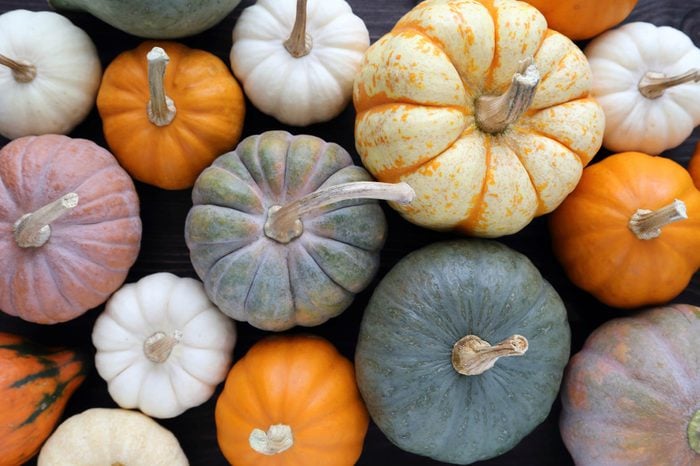
Squash and pumpkins don’t go with apples and pears
Squash and pumpkins are well known for having a long shelf life but apples, another fall favourite (along with pears and other ripening fruit) shouldn’t be stored with them. According to Oregon State University Extension Service, it will cause the squash to yellow and go bad. Squash and pumpkins keep well at temps between 10 and 12 degrees Celsius, which is cooler than room temperature but not as chilly as the fridge. Larger pumpkins and larger squash will last up to six months, but keep an eye on the smaller ones, as they usually last about three months.
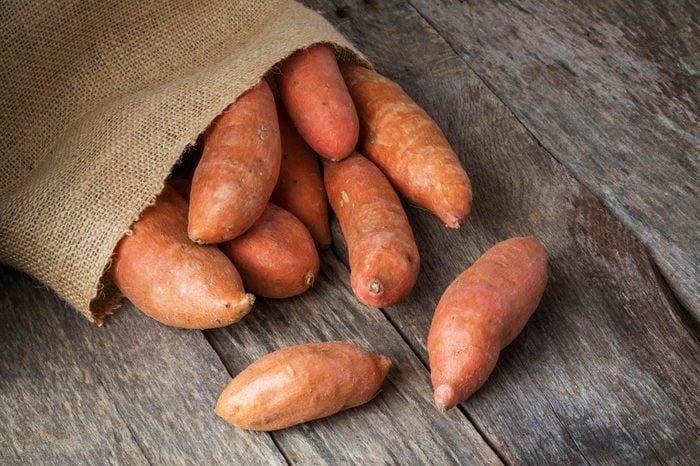
Bag your root veggies
Root vegetables such as carrots, yams, kohlrabi, beets, and onions are some of the most nutrient-dense veggies we can eat since they absorb nutrients from the soil. To retain those good nutrients, store root vegetables in a cool, dark, and humid place. A root cellar is ideal, but most of us don’t have one. The next best option, according to ohmyveggies.com, is to place the veggies in a paper or plastic bag in the crisper. If you just toss them in the fridge—even in the crisper, they’ll soften and rot a lot quicker.
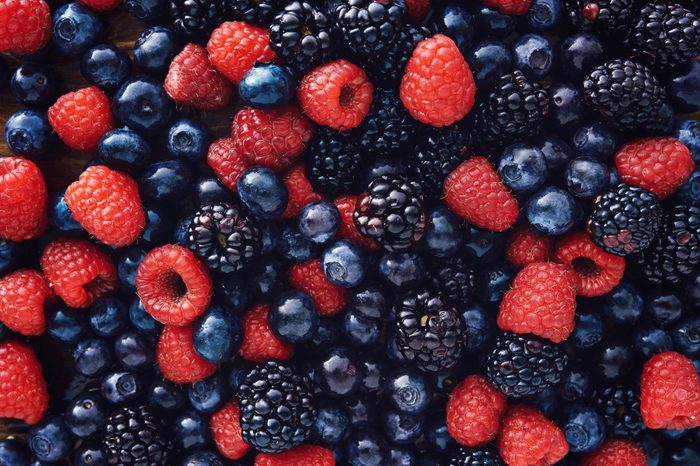
Give your berries a bath
Berries are delightfully sweet and easy to eat. The problem is, they can get moldy quickly if not stored properly. The culprit is tiny mold spores that want to make the little nooks and crannies of the berry skin their home. Tomlin says the first rule is to avoid washing them until you’re ready to eat them because moisture equals mold. What if you just brought home a Costco-size carton of berries and won’t be able to eat them all right away? You can extend their life by a few days by taking a few minutes to give the berries a bath in a solution of one cup vinegar to three cups of water. Let them soak briefly; then gently rinse in a colander. The vinegar will hinder the mold growth. Since berries don’t do well sitting wet, make sure to dry them thoroughly—lay them out on a paper towel and gently blot (or put a few paper towels in your salad spinner and dry them that way. Store the berries loosely in a container that is ventilated, or leave the lid partially opened. (Here, the foods you shouldn’t keep refrigerated.)
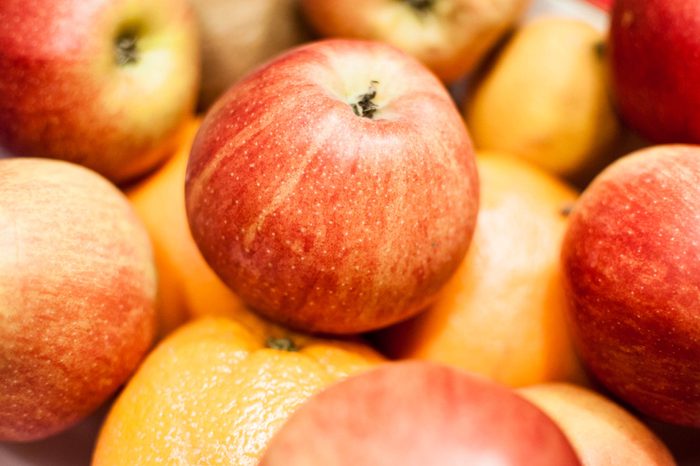
Separate your apples and oranges
Sometimes, we can’t just all get along. That’s the case with apples and oranges—trusted fruit bowl staples in still life paintings but frenemies in fridge life. Fruits give off a gas called ethylene, the ripening agent that will lead to faster spoilage of the produce around it, says author and chef, Matthew Robinson of The Culinary Exchange. Store apples in the fridge if you want to extend their shelf life. Oranges stored in the fridge (away from apples) should be placed in a mesh bag so that air can circulate around them. Plastic bags will only make oranges moldy.
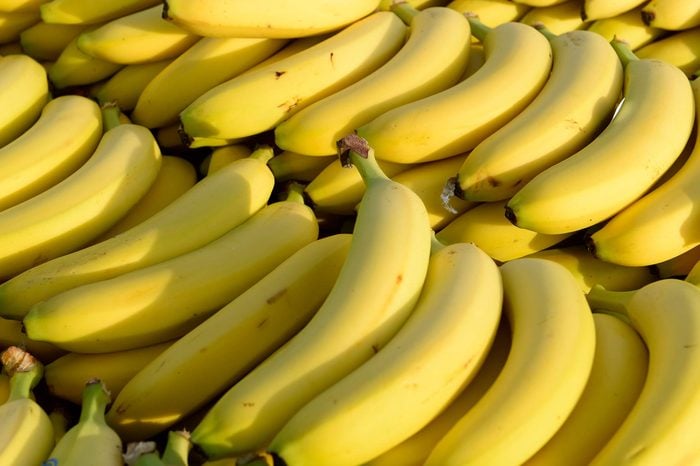
Break up your bananas
Banana hooks may show off bananas in their best light but the problem is, they will all ripen the same time, which means you’re either eating bananas for two days straight or tossing the rotting ones. Here’s a solution: Break up the bunch. Keep some in the fruit bowl on the counter to ripen and store others bananas in the fridge to delay the ripening process. If you missed your chance and you’ve got a glut of spotted bananas, use them in banana bread or toss them in the freezer to make banana “ice cream,” or our healthy banana bread.
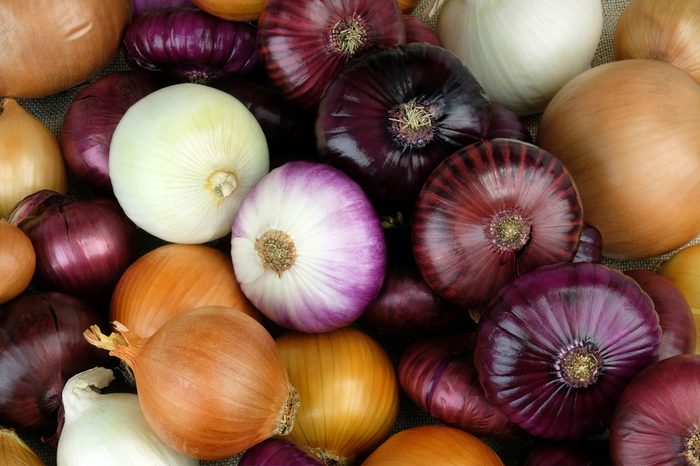
Don’t let onions and potatoes mingle
Fried potatoes and onions are a delish combo, but don’t store them together before you cook them—the onions will cause the potatoes to go bad. “It’s best to store items like potatoes and squash in an open-air wicker basket in a cool, dark place to preserve freshness,” says Tomlin. “You can store them in a paper bag, but just make sure they’re in a container where moisture or condensation can’t build up, which would make them soften and go bad faster.” A friendly neighbour for onions is garlic. They can be stored near each other without ripening or spoiling. Just store them in a well-ventilated space, and keep the paper-like skin of the garlic intact until use.
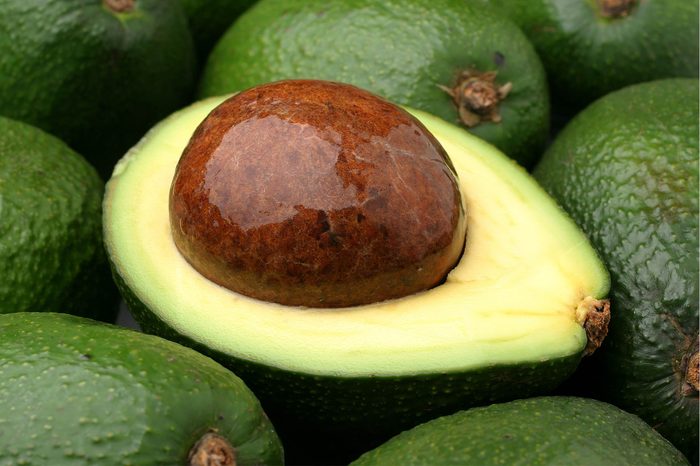
Ripen avocados next to bananas
Since avocados can be pricey, it’s important to store them correctly. “If your avocados are under-ripe, store them next to bananas. The gasses released from the bananas promote ripening,” says Tomlin. “If you need to extend the life of an avocado, store it in the refrigerator. It will slow the ripening process significantly.” For times you get a hankerin’ for a little sliced avocado on a sammie but can’t eat the whole thing, Tomlin suggests storing the cut avocado with the seed intact in an airtight container along with a sliver of an onion.
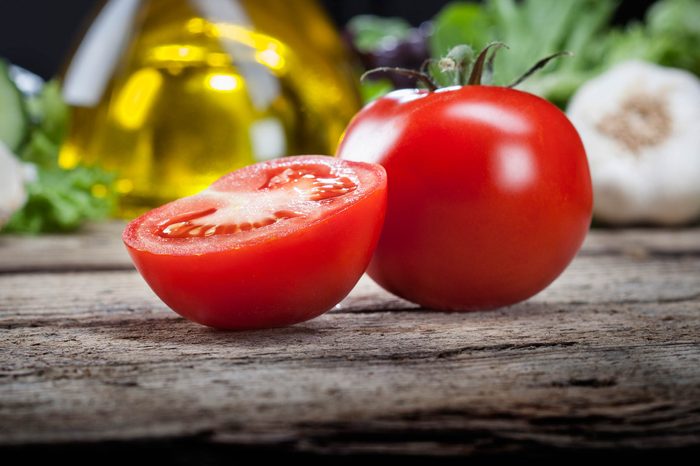
Tomatoes hate the fridge
A freshly picked garden tomato is undeniably delicious, but too much time in the fridge can make it mushy and bland-tasting. According to eatright.org, tomatoes can be stored in the fridge for two or three days but once you cut into it any unused tomato or any fruit and veggie should be placed back in the fridge to slow down the growth of harmful bacteria. But tomatoes kept at room temperature have more flavour. So, if you can, store them on the countertop.
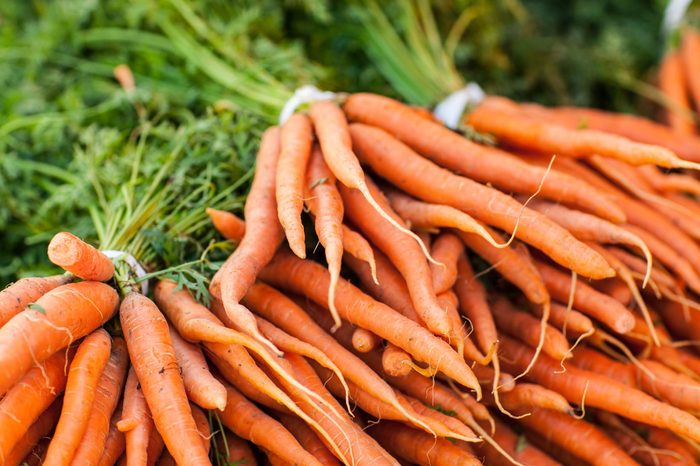
Let carrots, celery, and, asparagus take a dip
Peanut butter on a crunchy stalk of celery is a snack that has stood the test of time (especially if you put raisins atop the peanut butter), but limp celery—not so much. Storing it in plastic is a no-no. The ethylene gas it produces has no where to go. Wrap the celery tightly in foil and after each use, re-wrap it snug. Or if you want grab-n-go celery, cut it up into sticks and submerge them in water in an airtight container. The same water bath works for cut-up carrot sticks and asparagus. Keep the rubber bands around the stems and cut off the fibrous ends. They are pretty tough and not tasty anyway. Place them in a tall drinking glass with enough water to cover an inch of asparagus.
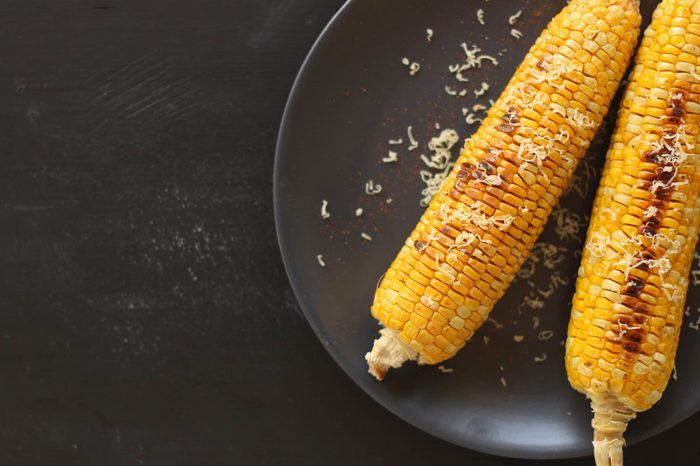
Let sweet corn chill—but not too much
The best way to enjoy this sweetheart of summer is to eat it fresh for maximum sweetness. If you must store it for a short time, you can place it in the fridge. “Keep ears cool in your refrigerator with the husks on to keep in moisture,” says Tomlin. Don’t wrap the corn in a plastic or paper bag. If possible, store them toward the front of the fridge where it’s slightly warmer. “Corn will dry out and get starchy if it’s kept too cold because there’s not enough humidity to keep the kernel plumb,” says Tomlin.
Next, check out these ways to keep frozen foods fresh.
